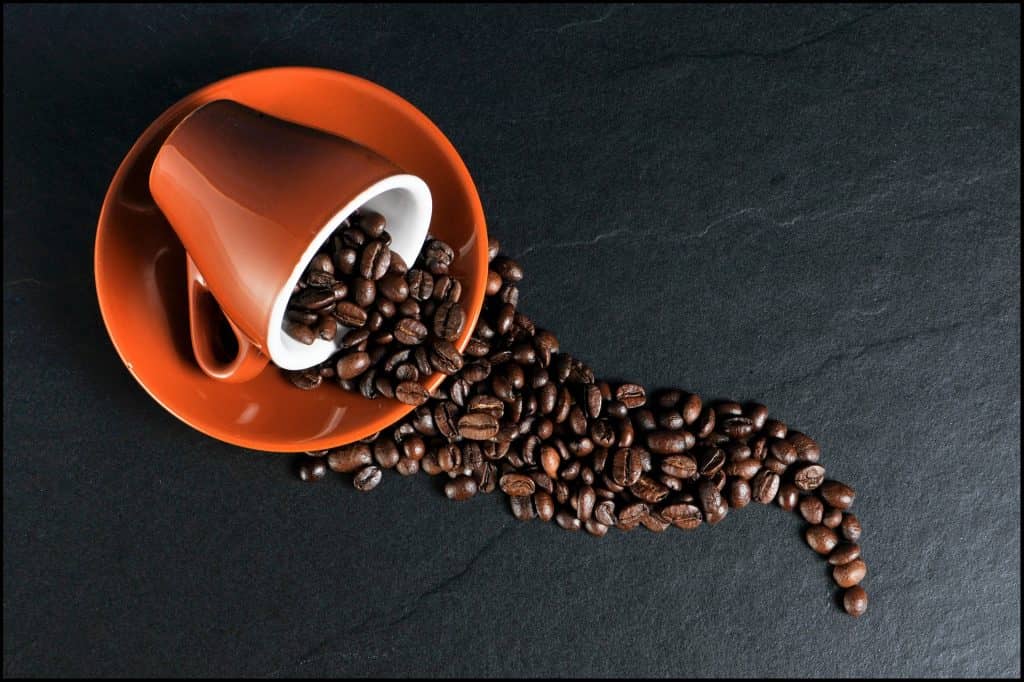The impression is that 2023 has already arrived for those who deal with coffee in New York. The last few weeks have coped with intense losses, reflecting the scenario of improved future supply. The lower 2022 Brazilian crop and the tightening global supply in the 22/23 season are left aside. And the key point becomes the next Brazilian crop, as has been warned in this newsletter. The intense blossoming and more regular rains for spring and summer reinforce the idea of a full crop in Brazil next year. And what was only a preliminary crop estimate now gains a stronger outline. In view of this, the coffee price curve on ICE US ended up becoming flatter, quite affecting the behavior of the domestic physical market.
Good cup from the south of Minas Gerais lost the level of BRL 1,200 and bidded at BRL 1,130 a bag, accumulating losses of more than 12% this October. The coffee price from the south of Minas moved further away from the old reference of BRL 1,300 a bag and increased the distance from the nominal peak at the beginning of the year, when it was trading at BRL 1,530 a bag. And this happened despite the lower-than-expected crop reaped this year in Brazil.
This is because the long-term reading prevails in the market, which means that prices fell in an attempt to align with the signs of slack in the expected future supply. Proof of this is that the difference between the Dec/22 position (spot) and Sep/23 (entry of Brazil’s 2023 crop) changed from -22 to -8 cents currently, with the spread of the coffee price curve on ICE US flattening out toward the Sep/23 position, which is the reference contract for Brazil’s 2023 crop.
The discussion regarding the size of the Brazilian crop changed its focus from 2022 to 2023. The intense blossoming and the favorable climate allow for a greater load for Brazilian coffee plantations next year. The point is whether Brazil’s 2023 crop will repeat the 2020 record for arabica. Some external traders consider this reference. However, unlike what happened in that perfect production cycle, the 2023 crop must suffer from production sequelae, given the long period without rain this year, the increase in pruning, and the effect of frost in 2021. Another problem is the high cost of fertilizers and the reduction in cultural treatments. The reading is that Brazil’s 2023 arabica crop must be higher than Brazil’s 2022, but below the record crop in 2020. The case of conillon is different, with the crop growing year after year, supported by more favorable weather and investments in the renovation of coffee plantations, especially in Espírito Santo.
Another point is the distrust around the appearance of blossoming and its effective setting. Hence the memory of what happened last year, when after the showy blossoming came a high percentage of tree abortions. The current climate scenario is different from last year’s, but it is important to monitor crop development.

